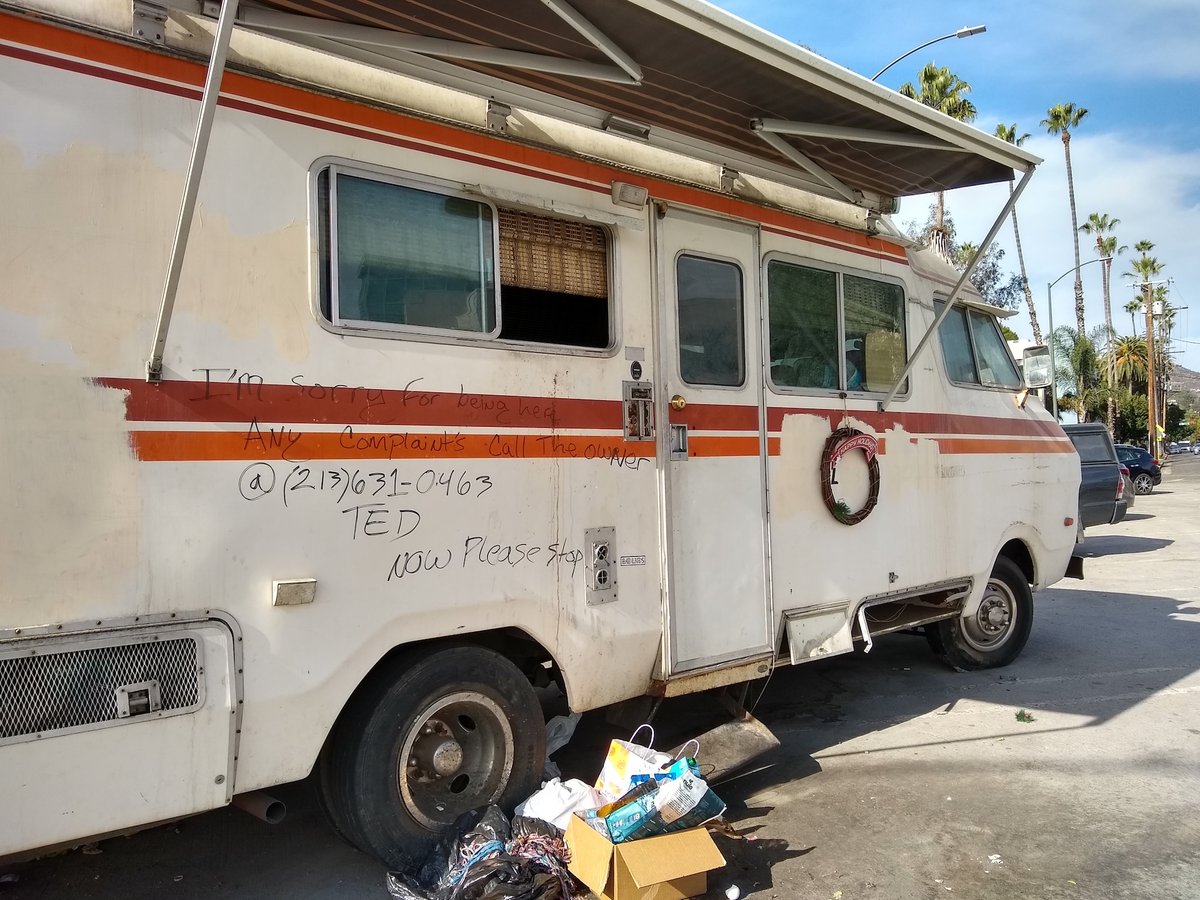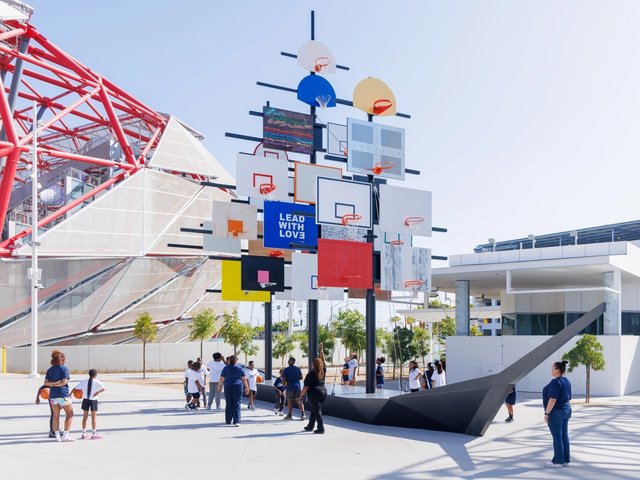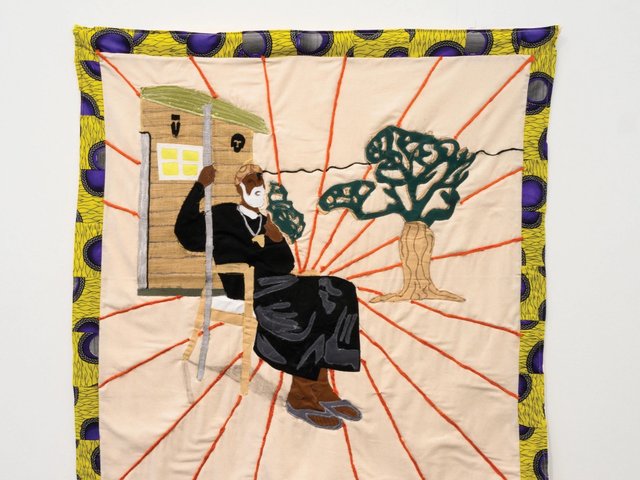On 5 September the Los Angeles County Department of Arts and Culture put out a call for artists (RFQ), in tandem with the consulting firm LeBasse Projects, asking artists to submit projects after an expansion of the city-wide RV Resolution that went into effect in late March. The RV Resolution is an attempt to move individuals or families living in recreational vehicles (RVs) like camper vans and motor homes into temporary or permanent housing. But critics of the program say it effectively criminalises living in one’s vehicle, where around 40% of unhoused Angelenos (or around 14,000 people) reside because of the city's housing crisis. Many local artists have expressed their dismay on the county department's Instagram account, where more than 100 comments disparaging the call were posted.
The RFQ calls for five artists to create “temporary artworks intended to enhance and beautify areas after an RV resolution, including any barriers erected to discourage RVs from returning once they have been removed" and that "temporary artworks should be co-created with community members". But it is unclear if artists are being asked to work with people who are being evicted from their parking spaces or the housed neighbours in surrounding areas.
Beau K. Basse of LeBasse Projects tells The Art Newspaper that he saw the “negative comments” on social media but that he recommends “anyone with questions take the time to read about the actual project before jumping to [a] conclusion”.
Los Angeles artist Emily Marchand tells The Art Newspaper that she often seeks funding through grants and public art opportunities. “I had to reread [the RFQ] multiple times to understand what was being asked because I honestly couldn’t believe what I was reading,” she says. “Being asked to ‘beautify’ a space where people who have already been pushed to the fringes of society, and have been displaced, seems grossly cruel.”
“The reason barriers must be erected to prevent new RVs from moving into these areas acknowledges that it is about displacement in specific parts of the city rather than holistically approaching the issue at hand,” says Celeste Voce, an artist, volunteer and board member with Selah Neighborhood Homeless Coalition. “I was insulted that the LA County Department of Arts and Culture is encouraging us to be complicit in displacement while placating those who are more concerned with disappearing the problem of homelessness.”
In a statement to The Art Newspaper, a spokesperson for the Los Angeles County Department of Arts and Culture clarified that “the artworks are intended to enhance and beautify areas after the important work of connecting people to housing and wraparound services has been done by the Homeless Initiative through programmes including Pathway Home”. Regarding the backlash to the RFQ, the spokesperson said: “At present we are taking time to reflect on responses we’ve heard from the field and speak with the partners on the project.”
Local artist, activist and self-described abolitionist, Patrisse Cullors, is currently the Creative Strategist-Artist in Residence with the County of Los Angeles Homeless Initiative, where she "collaborates with staff to develop artist-led strategies to dispel myths and shift narratives about people experiencing homelessness". She declined to comment on the Department of Arts and Culture’s RFQ and the ensuing backlash.
“Artists are especially sensitive to this as we have watched artist enclaves in the city disappear,” Voce says. “We are also far too familiar with financial insecurity due to lack of government and institutional support.”






